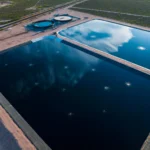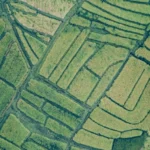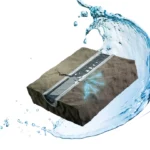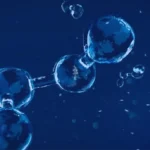
Produced Water
A Comprehensive Overview
Table of Contents
What is Produced Water
Industry Uses & Management
Innovations in Produced Water Management
Chemical Composition & Applications for Produced Water
Produced Water Logistics
Recycling Produced Water
Environmental and Regulatory Considerations
FAQs
Industry Uses & Management
Disposal vs. Reuse
The management of produced water remains a key challenge in oil and gas operations. Traditionally, the primary outlet for water generated during oil and gas production has been disposal via injection into saltwater disposal wells. However, its applications have expanded to include reuse in hydraulic fracturing, enhanced oil recovery (EOR), and well drilling. In regions like the Permian Basin and Haynesville Shale, operators increasingly use treated produced water to support fracturing operations, reducing reliance on freshwater sources.
Beyond oil and gas, a small fraction—estimated at 1-2% in the U.S.—is treated for external beneficial reuse such as irrigation or industrial processes, though this remains and area of intense research and investment by industry leaders.
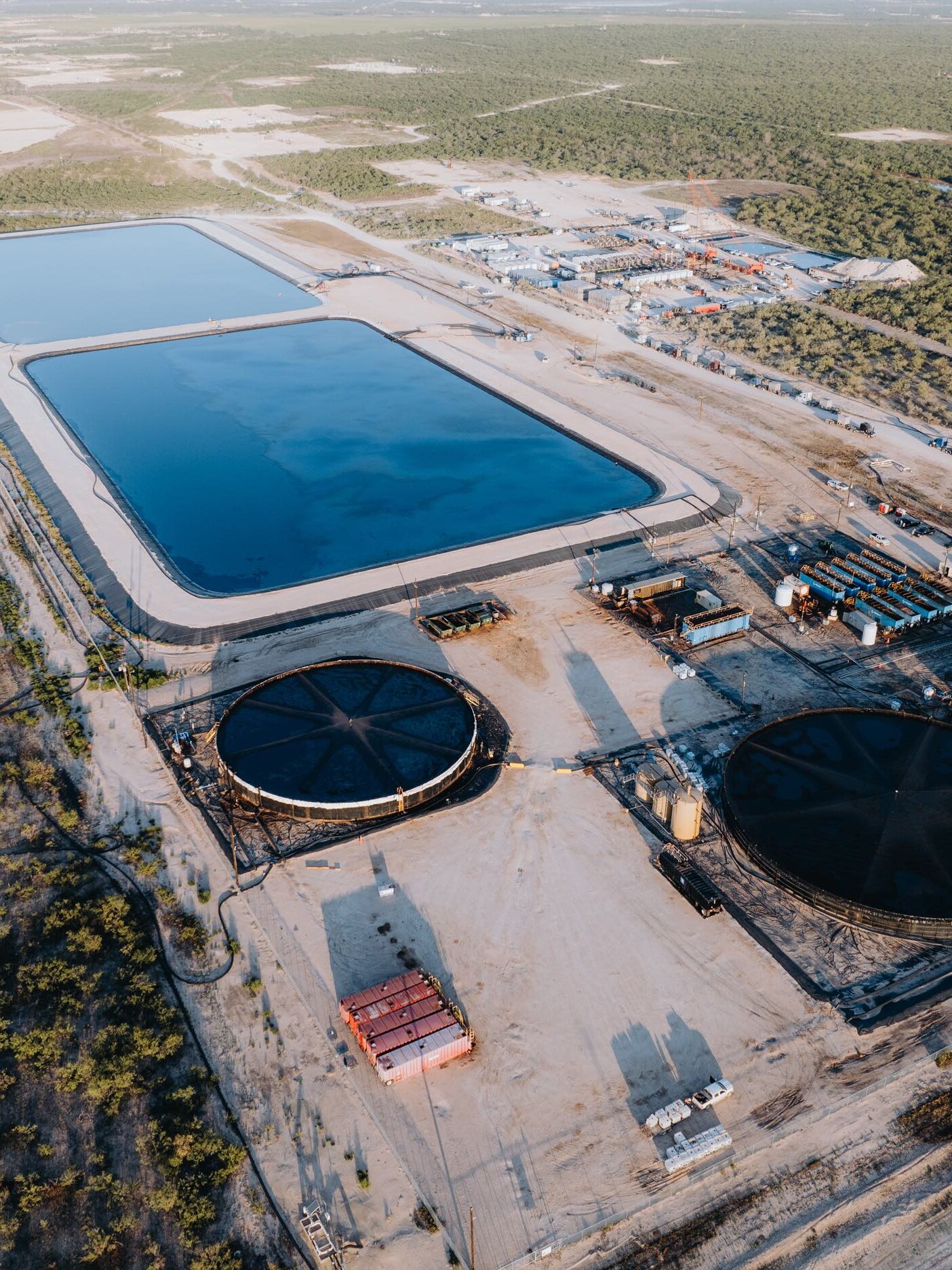
What is Produced Water?
Produced water is a byproduct of oil and gas production, consisting of water that has been trapped in underground formations for thousands to millions of years. When hydrocarbons are extracted, this water is brought to the surface along with oil and gas. Water brought to the surface often contains a mixture of dissolved salts, hydrocarbons, and minerals.
This water represents the largest byproduct associated with hydrocarbon production. In some regions, recovered formation water volumes significantly exceed oil production volumes, making its effective management a critical aspect of operational sustainability.
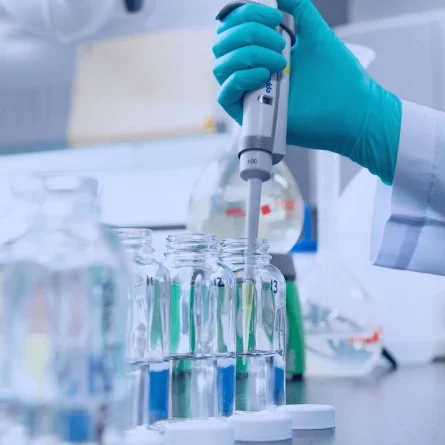
Chemical Composition & Applications for Produced Water
Produced water varies widely in composition depending on the geological formation from which it originates.
Common Constituents Include
Salts High concentrations of sodium, calcium, magnesium, and chloride, which contribute to high water salinity.
Hydrocarbons Residual oil and grease that must be separated before reuse.
Dissolved Metals Including iron, barium, and strontium, which can pose scaling challenges
Naturally Occurring Radioactive Materials (NORMs) Present in some formations and requiring specialized handling.
Chemical Additives Introduced during drilling and production processes, including biocides, surfactants, and friction reducers.
Total Dissolved Solids
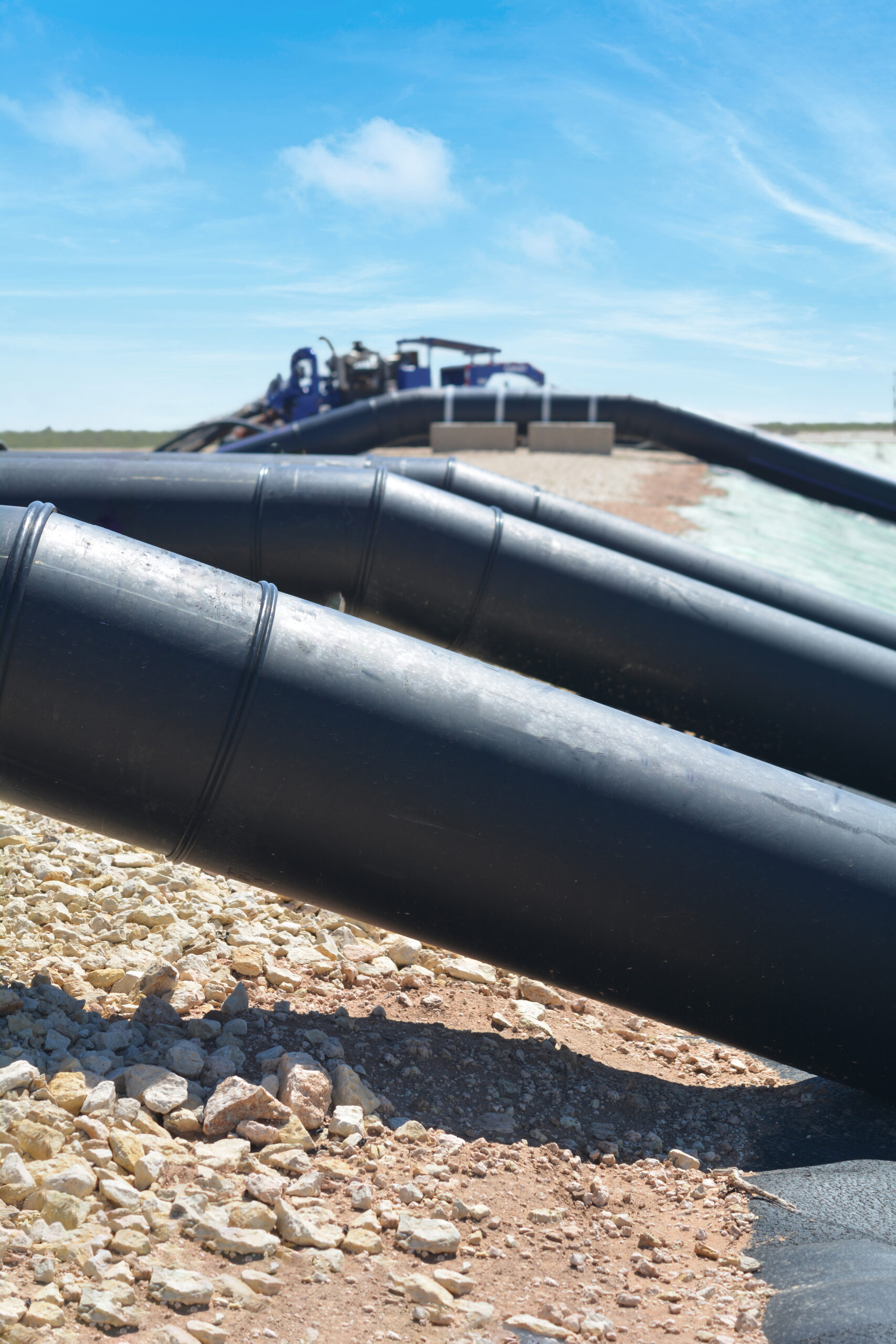
Produced Water Logistics
Managing produced water involves intricate logistics, from extraction to treatment, transport, and disposal or reuse. The sheer volume—millions of barrels daily in major shale plays—requires robust infrastructure, including pipelines, storage tanks, and transfer systems. Trucking, while common, increases costs and carbon emissions, making networked pipelines a preferred alternative.
Balancing supply and demand across multiple wells and facilities adds further complexity, necessitating real-time monitoring and automation. Additionally, wear and tear on traditional equipment and infrastructure must be considered, as handling large volumes of high-salinity water can accelerate corrosion and scaling.
Water balancing is also a crucial factor when reusing produced water across multiple operations, ensuring consistent water quality and availability while avoiding disruptions in completions schedules.
Related Resources
Modern transfer hose that is resistant to chemistry,
corrosion, abrasion and field conditions
Every Drop Counts: Produced Water Balancing in Oil and Gas Operations
Recycling Produced Water
Advancements in water treatment technologies have made it possible to repurpose oilfield water for reuse, reducing reliance on freshwater sources. Technologies such as reverse osmosis, chemical precipitation, and biological treatment help remove contaminants, making the water suitable for reuse in oil and gas operations or even for other industrial purposes.
Additionally, automation and real-time monitoring are enhancing water management efficiency, allowing centralized facilities to handle water from dozens of wells efficiently.
Related Resources
Complex water networks automatically respond in real-time
Transform Wastewater into an asset with fixed,
modular, or mobile recycling units
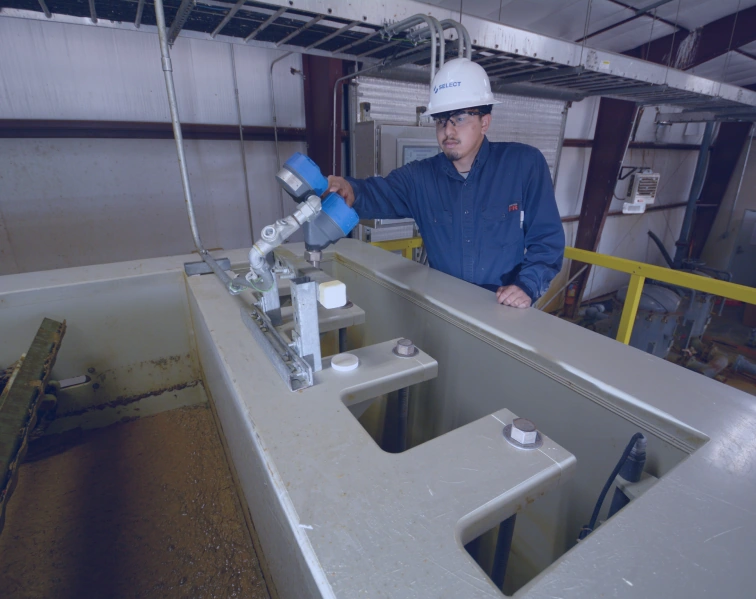
Future Outlook
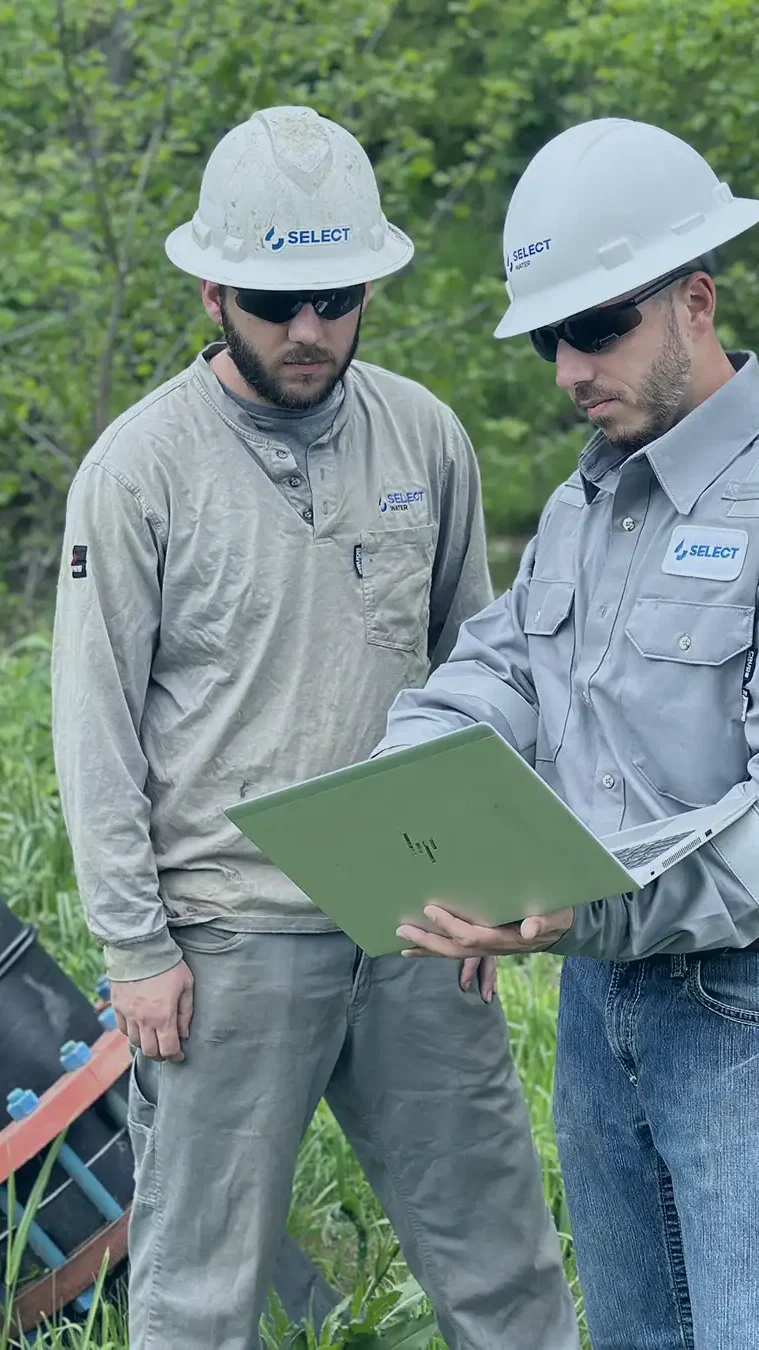
Environmental & Regulatory Considerations
Produced water management is subject to strict regulations to prevent contamination of freshwater sources. Operators must comply with federal, state, and local guidelines for disposal, treatment, and Reuse. Regulations often address water quality standards, transportation and storage requirements, and potential environmental impacts.
Common Constituents Include
Environmental Protection Agency (EPA): Oversees wastewater treatment and drinking water quality.
Safe Drinking Water Act – Underground Injection Control Program: Regulates disposal via injection wells.
State Regulations: Texas, New Mexico, and Oklahoma tailor rules to local needs.
New Mexico’s Produced Water Act: Governs reuse outside oilfields with stringent permitting.
Compliance Challenges: Operators must adapt to evolving standards on seismicity, water quality, and emissions.
In some regions, water recycling incentives have been introduced to encourage sustainable water use in oil and gas operations. Some states are actively developing policies to facilitate produced water reuse.
Related Resources
Driving Sustainable Water Management:
Compliance, Innovation, and Stewardship
FAQs
What regulatory challenges exist for produced water reuse?
Regulations vary by state and region, with key considerations including water quality standards, disposal permits, and potential environmental impacts. Some states encourage recycling through incentives, while others maintain stringent requirements for reuse applications. Industry stakeholders are actively working with regulators to develop clearer guidelines for produced water reuse, ensuring both economic feasibility and environmental protection.
How much produced water is generated daily in major basins?
Produced water volumes vary by basin, but in the Permian Basin alone, over 10 million barrels of produced water are generated daily. Other basins, such as the Bakken and Eagle Ford, also contribute significant volumes, often exceeding the amount of hydrocarbons extracted.
What role does Select Water Solutions play in advancing water management technology?
Select Water Solutions provides comprehensive water management services, including treatment, recycling, and logistics solutions. By leveraging advanced treatment technologies and data-driven water management strategies, Select helps operators reduce costs, enhance efficiency, and minimize environmental impact.
What are the primary methods of treating produced water?
Produced water can be treated using physical, chemical, and biological processes, including filtration, chemical precipitation, evaporation, and membrane technologies such as reverse osmosis. The treatment method depends on the intended reuse application and the water’s initial composition.
